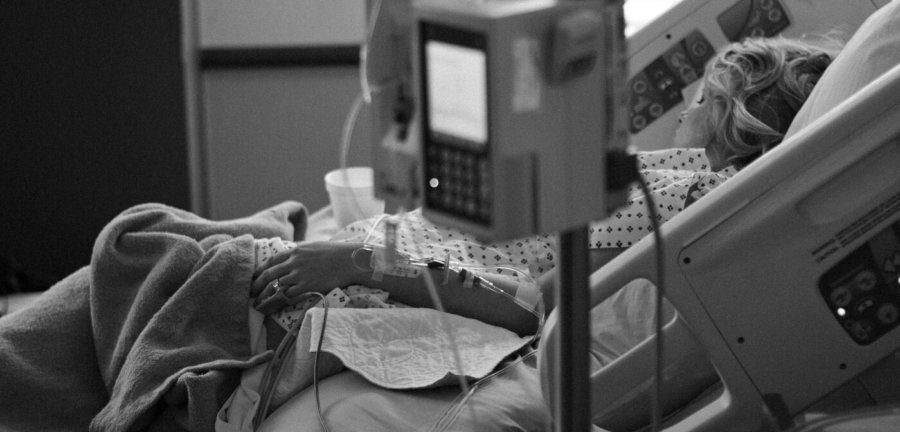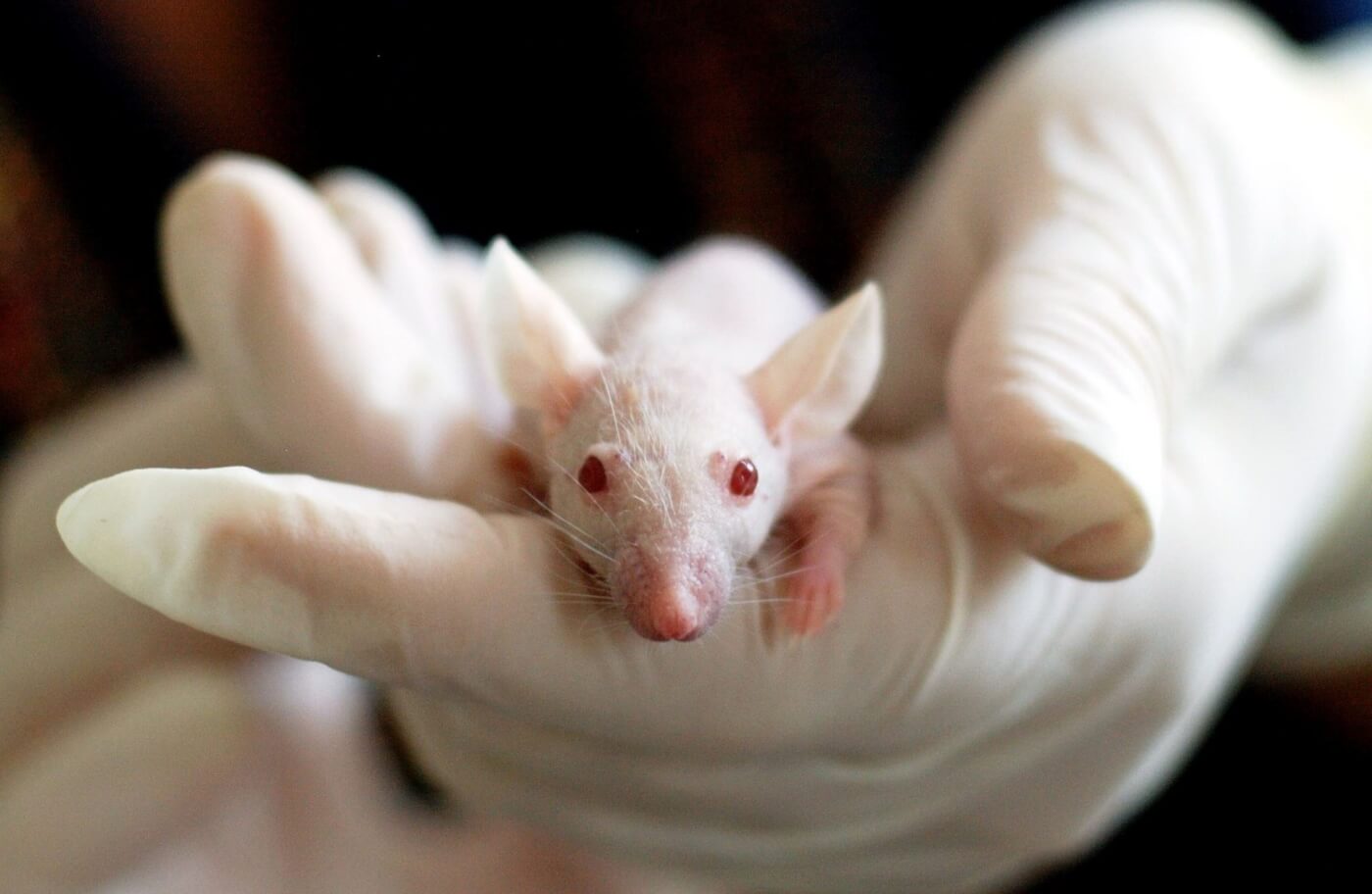Earlier this year, I was lying in a hospital bed, with my third case of sepsis in less than two months. Each one was more serious than the last. It had begun with an outpatient procedure and ended with an operation to remove multiple abdominal abscesses.
What is sepsis? In a word, hell. It’s a dangerous complication of infection that can lead to organ failure. In the U.S. alone, severe sepsis strikes more than 1 million people annually and can be fatal in up to 30 percent of cases. The risk of dying increases to more than 50 percent if the site of original infection is in the gut.
I have Crohn’s disease, so I’m no stranger to the body-racking chills, acute fever and crushing pain that define sepsis. In fact, the fifth time I was in the emergency room, I managed to joke that I deserved frequent flyer miles, but the grim-faced resident didn’t laugh. Instead, he pushed the button to take my blood pressure for the 10th time in as many minutes and said, “If you had come in any later, I don’t think we could have turned this around.”
Later, when I was told that my kidneys showed signs of failure and that I might need dialysis—or worse, a transplant—I couldn’t keep a lid on my anger. It boiled over when I was waiting to be wheeled in for surgery and my daughter and husband overheard two surgeons talking about a patient with sepsis who had just died on the operating table. And I was next.
With such high stakes, one would think that research funds are being put to good use to find treatments and cures. That is not the case and this must change.
Valuable time and money are wasted conducting failed sepsis experiments on mice. Experimenters cut open the abdomens of these sensitive animals who want the same things that we do: to live without fear and pain. Their intestines are punctured so that fecal matter will leak out. Before dying, they endure fever, chills, difficulty breathing, disorientation and organ failure—but to what end?
The fact is that the results of sepsis experiments in mice don’t reliably apply to humans. In 2013, scientists realized that it’s not even the same condition in mice, and that’s why thousands of such experiments have not helped advance treatments for patients like me. Even Dr. Francis Collins, director of the National Institutes of Health (NIH), lamented all the time and resources spent developing 150 drugs that successfully treated sepsis in mice but failed in human clinical trials. He called this disaster “a heartbreaking loss of decades of research and billions of dollars.” I agree.
Following a PETA exposé, NIH didn’t renew funding for a University of Pittsburgh experimenter who was conducting crude sepsis tests on mice. But the government is now spending more than $95 million on similar experiments instead of channeling the funds into useful measures—like educating the public and supporting cell-culture models, synthetic human models and other superior, non-animal research.
Patients describe sepsis as feeling as if they’re dying—and many do. I can relate. I’ve held onto the sides of my ICU bed and told myself not to go to sleep but to fight. I did, and I’ll keep fighting—not just for myself but for all. Human patients battling this life-threatening condition—and the animals who are tormented in worthless and wasteful experiments—deserve no less.






